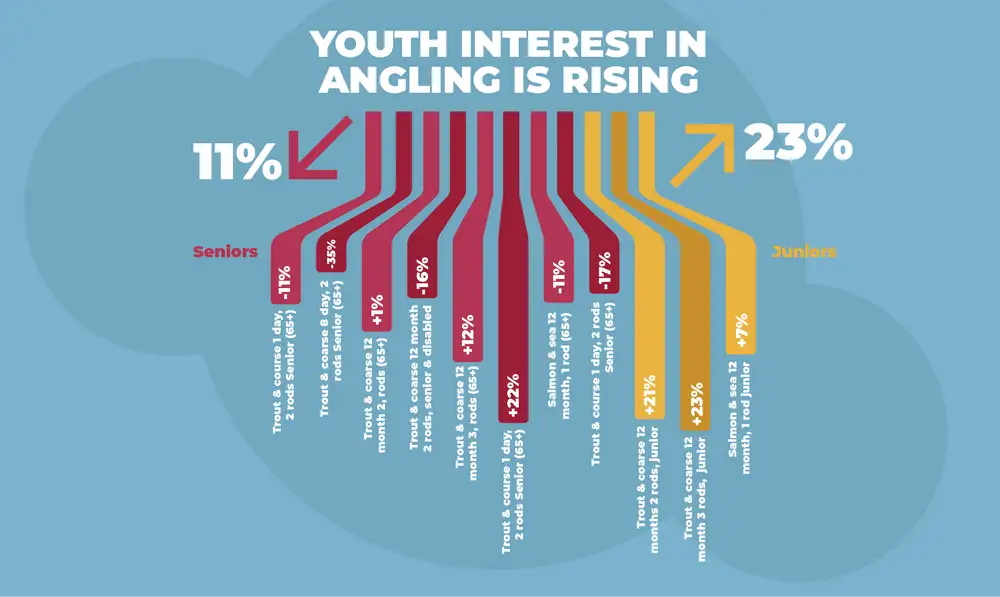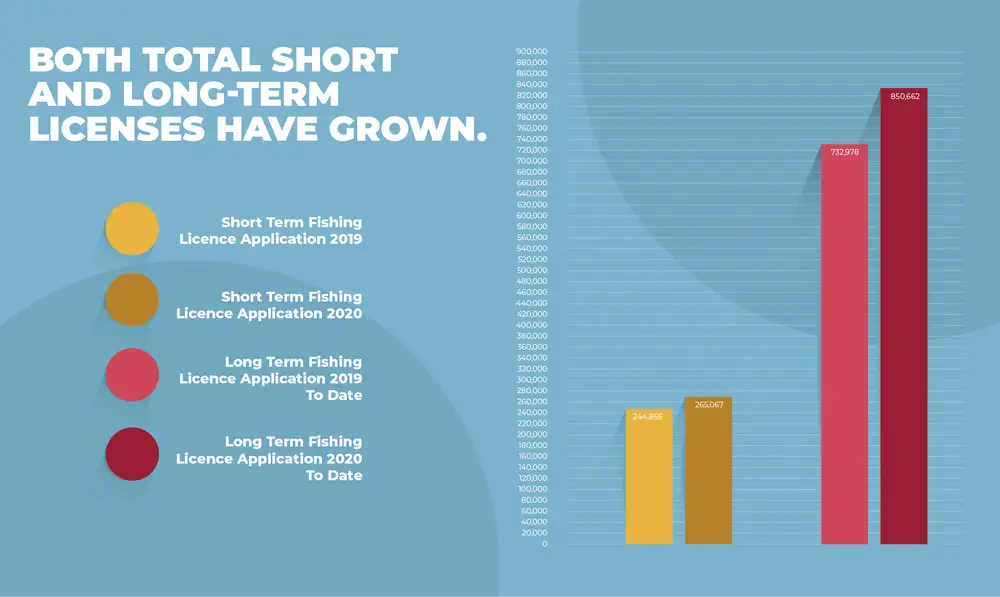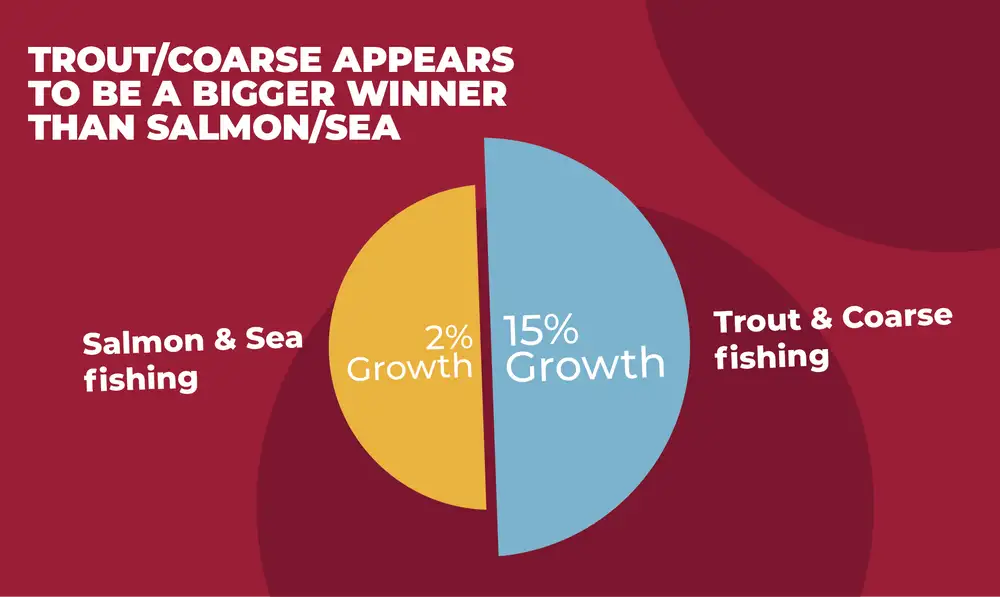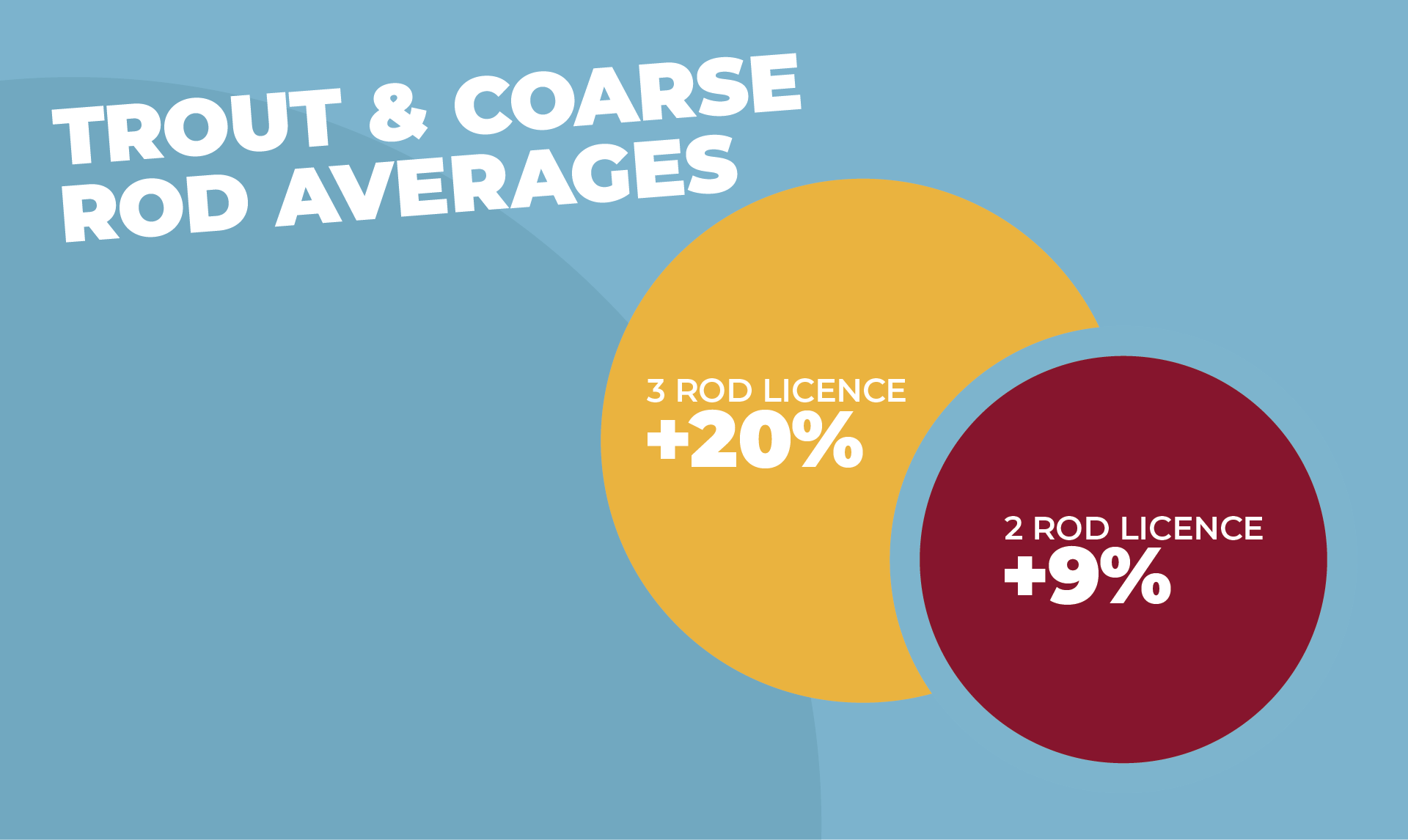This is a demo store. No orders will be fulfilled.
Fishing in the Perfect Storm – How fishing WON 2020

2020 was a tough year, a year of unprecedented firsts and unexplored territory. The global pandemic has created a new reality for us all, in the UK, we were confined to our homes for the best part of 3 months at the start of 2020, which for us anglers meant no fishing. A 3-month long blank was a tough one to take.
As has been the case with almost every sector, you would imagine fishing as a hobby and as an industry would suffer greatly, having to operate without its patrons. As Spring sprung, there were no anglers on the bank to witness it, we lost a whole season to the pandemic, an important season to businesses within the sector.
However, despite fears of a difficult year ahead, angling managed to buck the trend, not only surviving, but thriving in 2020. Little did we know, we were fishing in the perfect storm.
---
Lockdown
Lets not forget that there was a point during the initial lockdown in which we were only allowed outside for exercise once a day, with that comes immeasurable mental and physical side effects, a yearning to have your social liberties restored and some contact with the natural world, rather than the four walls of your living room.
At this stage of the pandemic, angling was a long, long way from the unprecedented growth it experienced later in the year, it was a real stagnant period for the industry – you can’t fish from your sofa!
You can, however, watch TV from the comfort of your sofa, and with so many popular fishing programmes available at the moment, many people rekindled their love for fishing, with programmes such as Mortimer & Whitehouse: Gone Fishing, River Monsters, Monster Carp and many more, helping to reignite their flame. The prevalence of angling within the media over the past couple of years, coupled with people having lots of time on their hands was a contributing factor towards anglings growth in 2020.
The desire to return to the bank built over time, many anglers passed the time by getting set for that first session back once we had been given the all clear. On that note, you will remember that June 1st was when the initial lockdown was eased. However, thanks to the tireless lobbying of government by the Angling Trust, Angling Trades Association, the Institute of Fisheries Management, Salmon and Trout Conservation and the Canal and River Trust - which manifested into the #WhenWeFishAgain campaign - fishing was given the green light as of May 13th.
Not only had those anglers preparing for their first session back been rewarded with an early restart date, but as fishing was one of the very few permitted outdoors activities, due to its built-in social distancing, the uptake from new and returning anglers was immense. The industry was busy, there was a real buzz, a feeling that angling could help a lot of people out both physically and mentally after months of lockdown.
Its been said that lockdown gave a lot of people the chance to clear out their garage, reuniting them with their old tackle that hadn’t been used in a while, dusting it off and getting out on the bank. Even if angling is not your chosen sport, its better than sitting on the sofa in the height of summer. In many ways the prefect prequel to a summer of crowded banks, empty tackle shops and the greatest uptake in fishing licences the industry has ever seen.

Looking at both short and long-term licences, its clear to see that participation in the sport has grown significantly this year.
Short-term licence applications rose 8.25% in 2020, whilst long-term licences also saw an increase, up 16.05% on 2019.
Figures provided by the Countryside Alliance tell the same story. Between 13 May 2020, when the restrictions were lifted, and 9 June 2020 over 335,000 licences were sold compared to 142,000 licences sold from the start of the year to end of March 2020, a rise of over 230% in less than two months. This also represents a rise of over 200,000 more than the same period last year.
335,000 fishing licences, in just 27 days. That’s equivalent to the population of Cardiff.
---
Angling’s Renaissance
Once the green light had been given, the banks of UK commercials, rivers and reservoirs were heaving. Anglers couldn’t wait to get back to their favourite swim, and obviously felt safe in doing so, again, this is a result of anglings built in social distancing. Once you had joined the socially distanced queue and paid for your ticket, you were on your own again, just you and the rods. For many people this was the first time out of the house properly in months, and for the fish it was their first decent feed in a while!
When comparing the uptake of Trout & Coarse vs Salmon & Sea, its clear to see that both enjoyed an increase in 2020, but the real headline here is that Trout & Course is by far the more popular licence type.

The altered pie chart exhibits a 15% growth in Trout & Coarse, compared to just a 2% increase for Salmon & Sea in the same period.
It would be fair to say that social distancing guidelines put Salmon & Sea at a disadvantage, of course you were free to fish on the shore at distance, but boat trips and the like are more challenging to carryout at distance.
Angling’s popularity boom wasn’t a one-off, this continued for weeks, followed by months, participation was through the roof. More anglers on the bank means greater demand for tackle and bait, here at Angling Direct we experienced one of our busiest periods to date. Despite the closure of all stores for 12 weeks, the initial lockdown period was busy, probably due to anglers preparing for their first session back on the bank.
The post-lockdown period was incredibly busy, sales across all channels were up 95%, and we saw a 54% increase in website traffic, the nation was hooked on fishing - certain tackle and bait items became gold dust, you couldn’t buy maggots for love nor money!
With the increase in demand came supply issues, the industry was waking up from a 2-month slumber, venues had been closed, manufacturers hadn’t been producing and delivery times were extended, these problems weren’t endemic to Angling Direct, the whole industry was experiencing them.
By the time Lockdown 2.0 came around (5th Nov – 2nd Dec) angling as a sport had shown such suitability for continuing under social distancing guidelines, that anglers up and down the country were permitted to fish locally throughout the lockdown period. Once again, fishing was one of the very few permitted activities. The second time this year a lockdown can be said to have advanced anglings popularity, with people still wanting to be outside even in much colder temperatures.
Breaking down licence types further reveals some interesting changes to anglings demographics in 2020. Licence uptake amongst over-65s generally decreased in 2020, both Salmon & Sea licence options for the over-65s saw a drop, the same is true of Trout & Coarse.
Its important to remember the extra risk associated with the over-65s with regards to the pandemic. It would be understandable if the over-65s didn’t feel as safe going to the bank as the rest of us.

At the other end of the scale, junior licence sales are through the roof, providing an interesting contrast amongst age groups.
All junior licence types enjoyed an increase in 2020, even Salmon & Sea - Trout & Coarse 12 month, 2 rod junior licences have enjoyed a 21% increase on 2019, 3 rod junior licences are up 23%. Its not just junior licences that display a preference for 3-rod licence over 2-rod licence, this is true across all age groups.

Salmon & Sea 12-month junior licences grew by 7%, which is impressive when you consider the disadvantage that sea boat fishing has.
Youth uptake is tremendously encouraging for the industry, youth participation is something we have taken very seriously at Angling Direct for several years now, and whilst there is a lot of encouraging data to draw upon, youth uptake is incredibly important for the industry moving forward.
This final graphic highlights the licence type fluctuations for 2020 in greater detail, highlighting categories which saw an increase, and those than saw a decrease.
